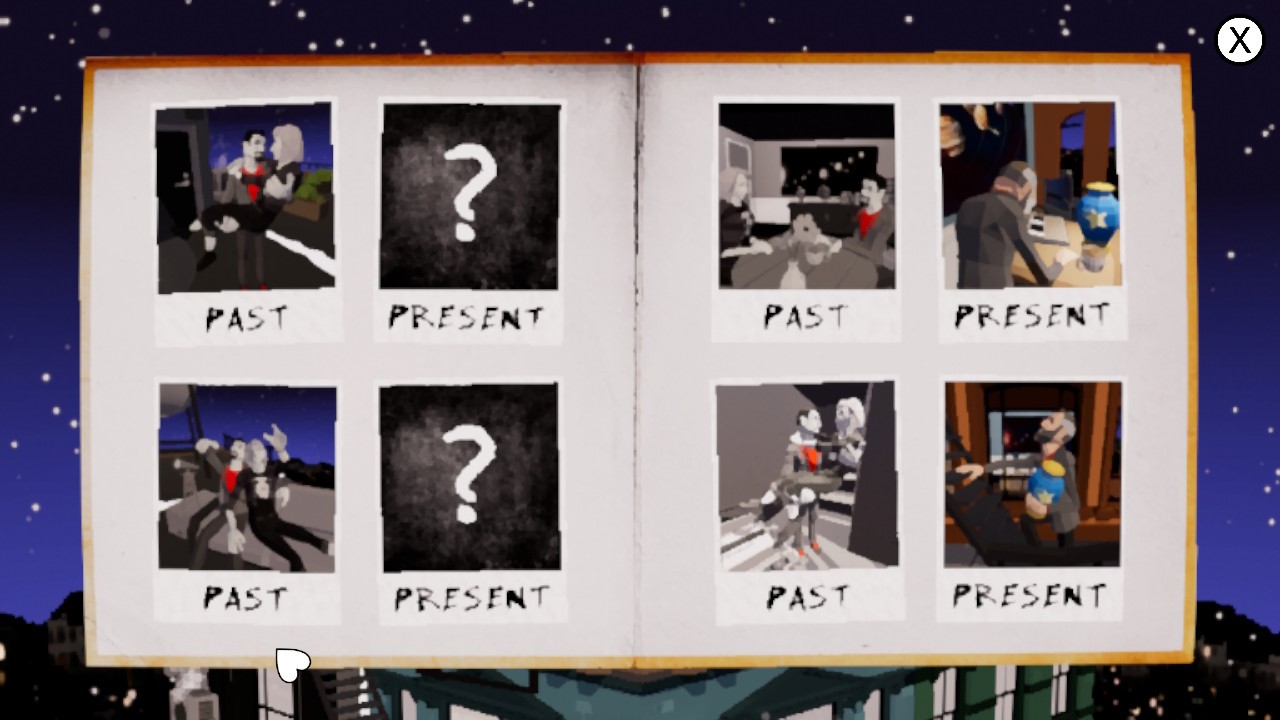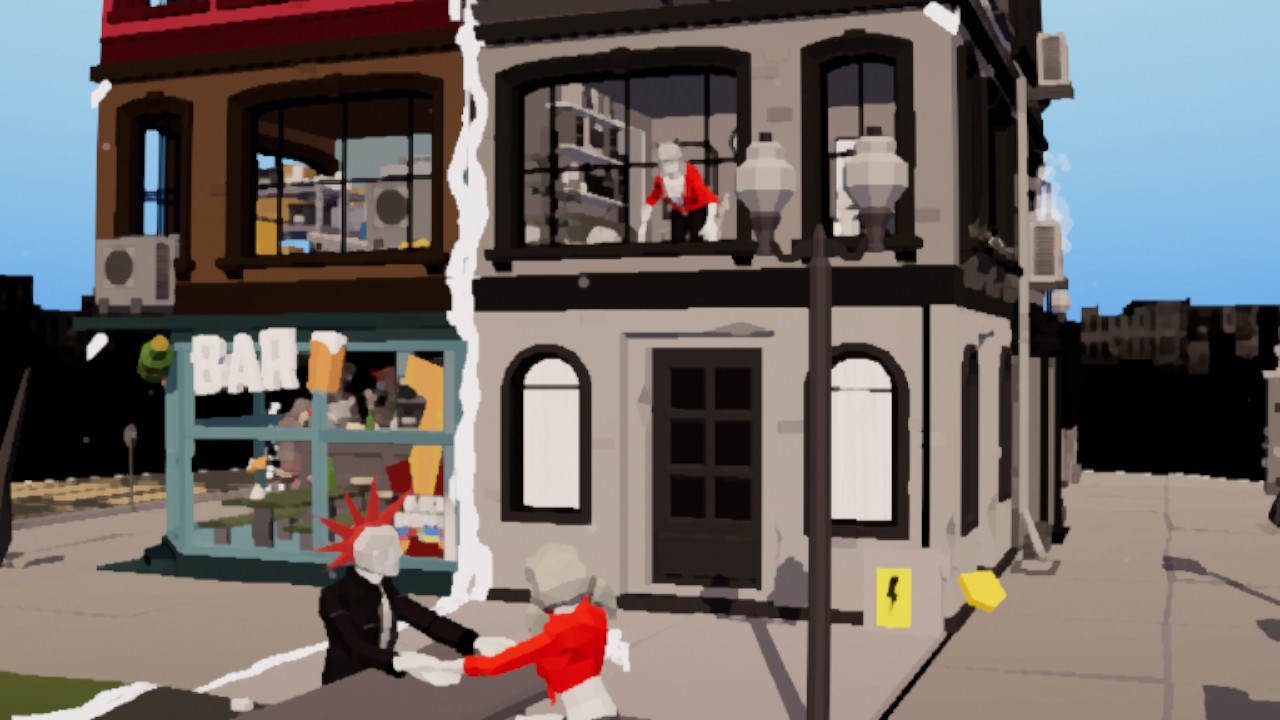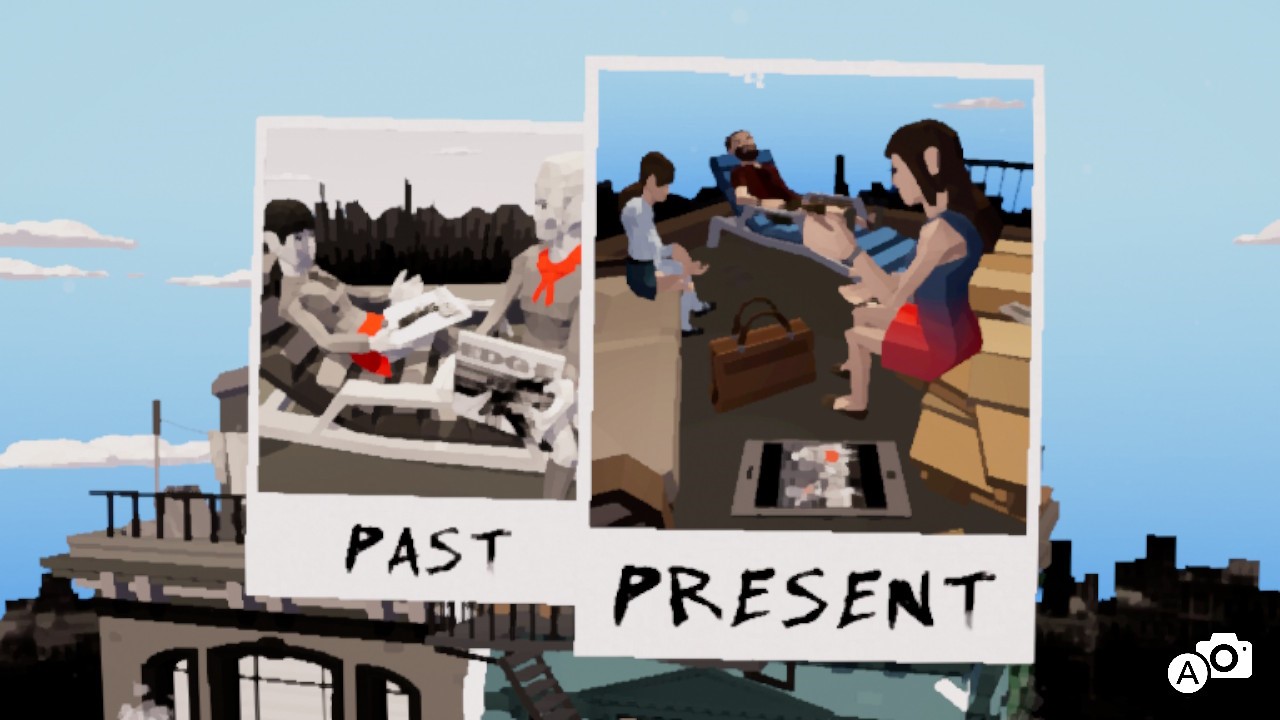Love stories are a staple of film and literature – unlikely couples, partnership against the odds, relationship troubles and exciting romantic whirlwinds. An effective love story sees you empathising with the characters, feeling their emotions, and hoping for positive outcomes. You need to be drawn into the world, to the tale, to the outcome – although you are powerless to change the story’s conclusion. Love involves more than just one person, so nobody can control everything.
Maybe that is why videogames struggle with portraying love. From the awkward romance in the Uncharted games to the algorithmic dating stories in Sprung, the predetermined nature of the relationships feels forced, with the player having little control over outcomes. Perhaps this is why love for family or friends – rather than romantic love – fares better; rather than being the main driver of the story, it forms the backdrop, part of the environment. One of the best examples comes in Brothers: a Tale of Two Sons, where the family bond is built through the entire game, leading to players feeling genuine emotion.

LOVE comes at this from a different point of view. Rather than the emotions being those of the player’s characters, you instead control the environment, helping to resolve stories that play out in a tower block. To do this, you are presented with a photo album, designed to hold pairs of photos, one from the past, one from the present, depicting part of the story. You are (usually) given one of these photos, and must find where the other would be taken. This is done by exploring a tower block, which sits across a timeshift line – so half of it is in the past (in muted colours), half in the present – and each floor (comprising four rooms, one on each corner) can be rotated to take rooms into either time.
The puzzles at first are easy (find someone in a room in the past, rotate that room to the present, take the photo) but soon develop into more complex tasks (a boy loves music but his mother does not let him play; have him stand on the balcony then arrange music to play on a balcony below). On occasion, the solution is a little difficult to achieve even when you’ve worked out what to do – for example, at one point it was clear that I needed a man to walk up the fire escape, but he would not do so … until I finally realised that I hadn’t rotated the roof to the right place to complete the stairs.

This difficulty with the interface makes the game a little frustrating to play. Having started as a mouse-driven PC game, this Switch version has an admirable attempt at reinventing the controls, but the result is less than intuitive. The left stick moves a cursor, the right stick moves your view – though so does the left stick if you move it to the edge of the screen. Shoulder buttons rotate the floor you are currently viewing, selecting the corner of a room lowers the walls so you can see inside (although sometimes this doesn’t work if the room is too far rotated). Unfortunately, the items you can interact with are very limited, and you often need to have everything set up exactly right before that interaction is allowed, meaning that even when you have worked out what you need to do, it can be difficult to work out how to do it.
Point and click adventure games often suffer from the need to mouse sweep the screen, trying to find the objects or buttons to push. This game suffers in the same way, where it can be more effective to play using trial and error rather than actually solving the puzzles.
Trial and error gameplay is also needed because of the game’s graphical style. Looking at PC screenshots, the higher resolution would benefit the game significantly; even the docked version of the game is a little muddy and ill-defined, to the point where it can be difficult to identify some of the characters without zooming in and some of the objects you need to select are a blur of pixels. Selecting some objects is unnecessarily difficult, and there is one occasion where you will need to open a window but if you have made the walls disappear to see inside that room it is almost impossible to click in the right place.

If you are playing this just to complete it, you could ignore the stories and just see what you can select, and you’d probably be finished within a couple of hours. However, pay attention to the characters and the story, and you will find a lot more to like about the game. This explores lots of aspects of love – deep friendships, loss, infidelity, reunions, artistic passion, mutual respect, contentment – with all stories told without linguistic narrative. You can identify characters through time with certain features, usually highlighted in red – glasses, a cap, a Mohican – and there are some you will sorry for, some you will feel joy with. The storytelling is incredibly well done, if slightly confusing in places, and you feel almost a sense of obligation to resolve the game. The despairing mother by the cotside; the alcoholic who has lost contact with his son; the spurned girlfriend who spies her partner outside with another – they all deserve your attention.
LOVE may have a predetermined end point (with a lovely final chapter), but it feels like you really are in control of setting up the environment so that end point can be reached. Battle past the controls and graphical issues and you will find a highly rewarding game with an amazing soundtrack, that is well worth a few hours of your time.

